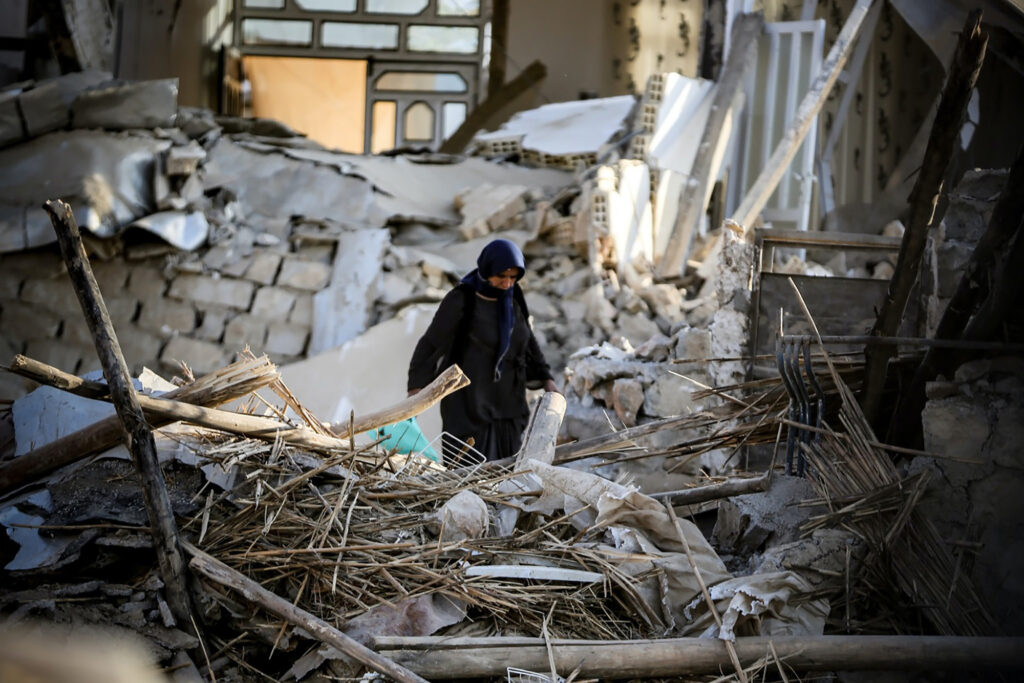The supervolcano Taupō lies underneath the lake’s disarmingly tranquil surface; its caldera forms part of the lake’s rim. For seven months prior, seismic unrest had geologists and the public on alert, with some wondering if the activity was warning of an impending eruption. Then, in November, the quake hit, causing strong ground shaking in the vicinity as well as a small tsunami on the surface of Lake Taupō.
More recently, in February 2023, Cyclone Gabrielle inundated the North Island of New Zealand with heavy rain and wind, causing widespread flooding and subsequent landslides. The country declared a state of emergency, incurring over NZ$13 billion in damages. With 11 confirmed deaths and thousands of people missing, the cyclone has been the deadliest for the country since Cyclone Giselle in 1968.
To understand New Zealand’s complicated tectonic setting and the nation’s other geologic hazards, geologist and Temblor Simpson Strong-Tie Writing Fellow Laura Fattaruso chatted with Gill Jolly, research leader for the Natural Hazards and Risks theme of GNS Science Te Pū Ao, the government agency that conducts geological and geophysical monitoring of Aotearoa New Zealand. (Editor’s note: Aotearoa is the Māori language name for the country; GNS Science Te Pū Ao uses the combined names Aotearoa New Zealand in its communications.)
This interview has been edited for length and clarity.


Find out how our EPOD Emergency & Disaster Pods can build resilience and self-sufficiency in your community. Download our helpful guide.